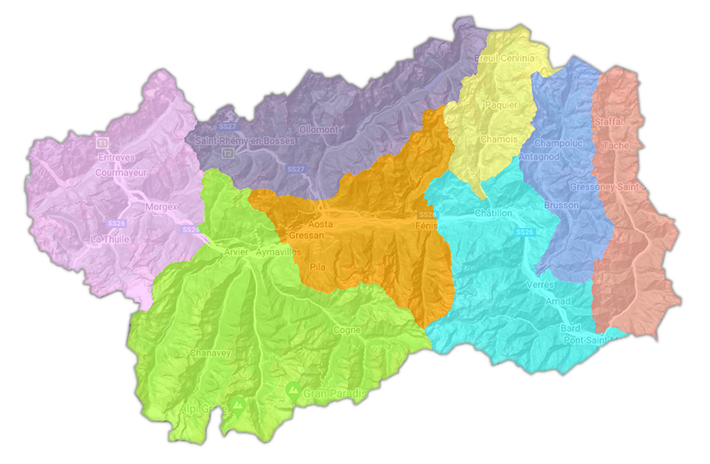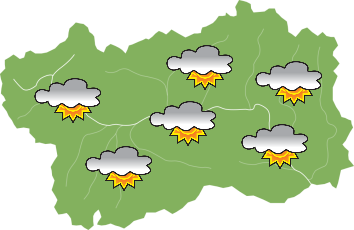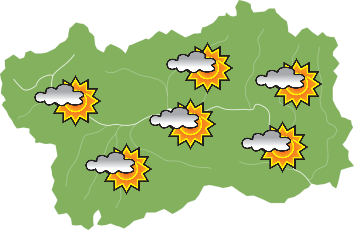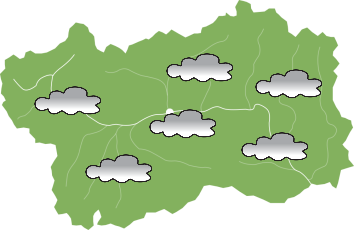The chapel lies on a panoramic promontory to the west of the Marseiller hamlet.
Built during the first half of the XV century and consecrated on 4th May 1441, this chapel is one of the oldest in the municipality of Verrayes. It was commissioned by the Saluard family, coming from the French region of Tarentaise, who served the Seigneurs of Cly.
The frescoes decorating its entire walls were realised by the painter Giacomino d’Ivrea, a well-known artist of the epoch who painted many other churches in the Aosta Valley. In 1845, when some extension works were done, the frescoes were almost completely covered.
Thanks to some subsequent restoration works the majority of the original paintings were finally restored. They represent some of the most meaningful episodes of the Christianity, such as the Last Judgement, the Adoration of the Kings, the Massacre of the Innocents, the Flight into Egypt and Saint Michael Weighing Souls.
Close to the entrance there is a representation of the notary Saluard together with his wife and, in the door opening, a peasant with some tools in his hands.
Visit the chapel by booking with the “Open door churches” app: once you have downloaded the app you must register. When on site at the selected time, just frame a QR code to open the chapel door and to start the “narrator voice”, combined with a lighting system of the artistic details. At the end of the visit, the door closes automatically.
See the 360° image of the interior here










